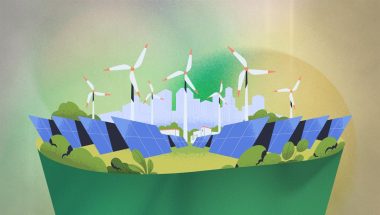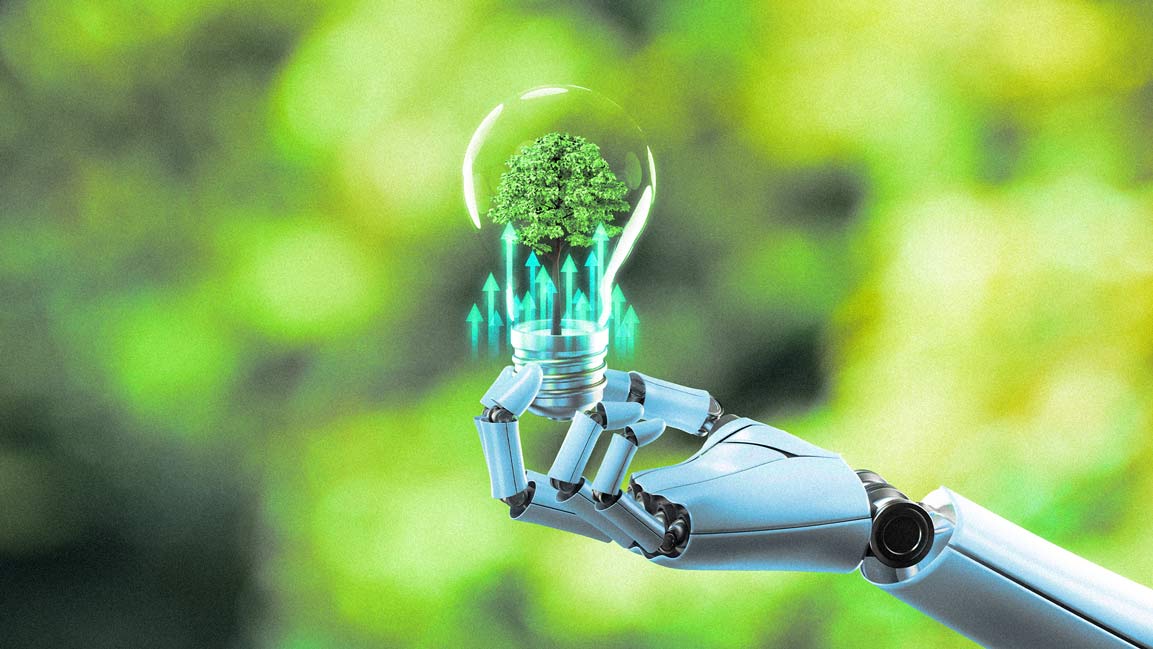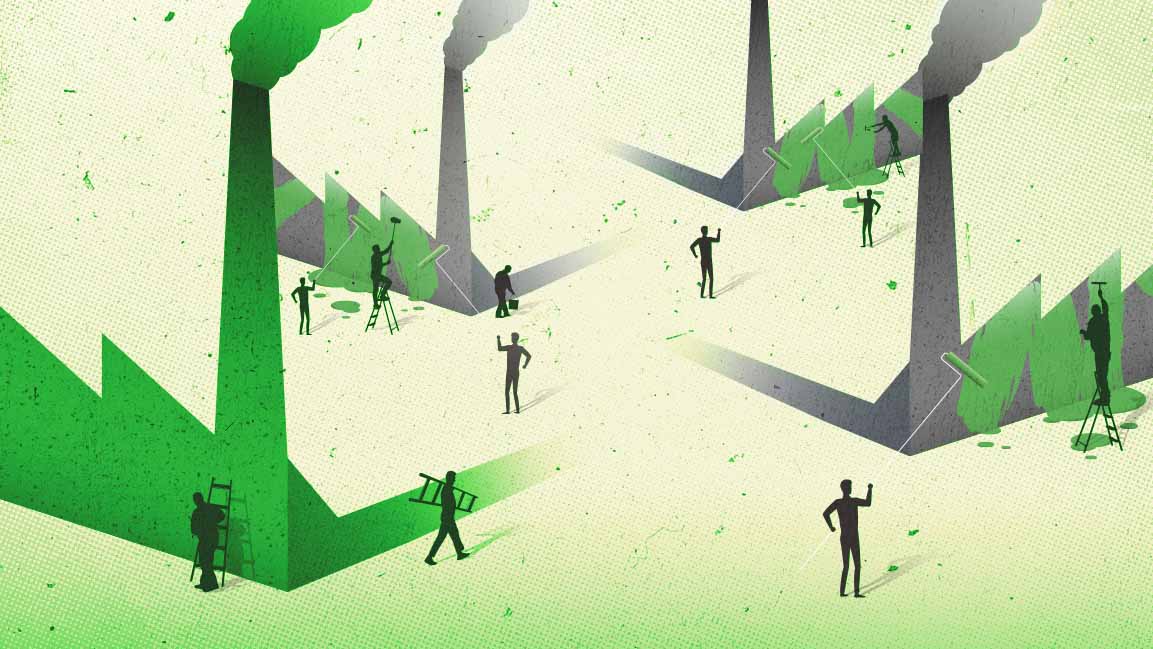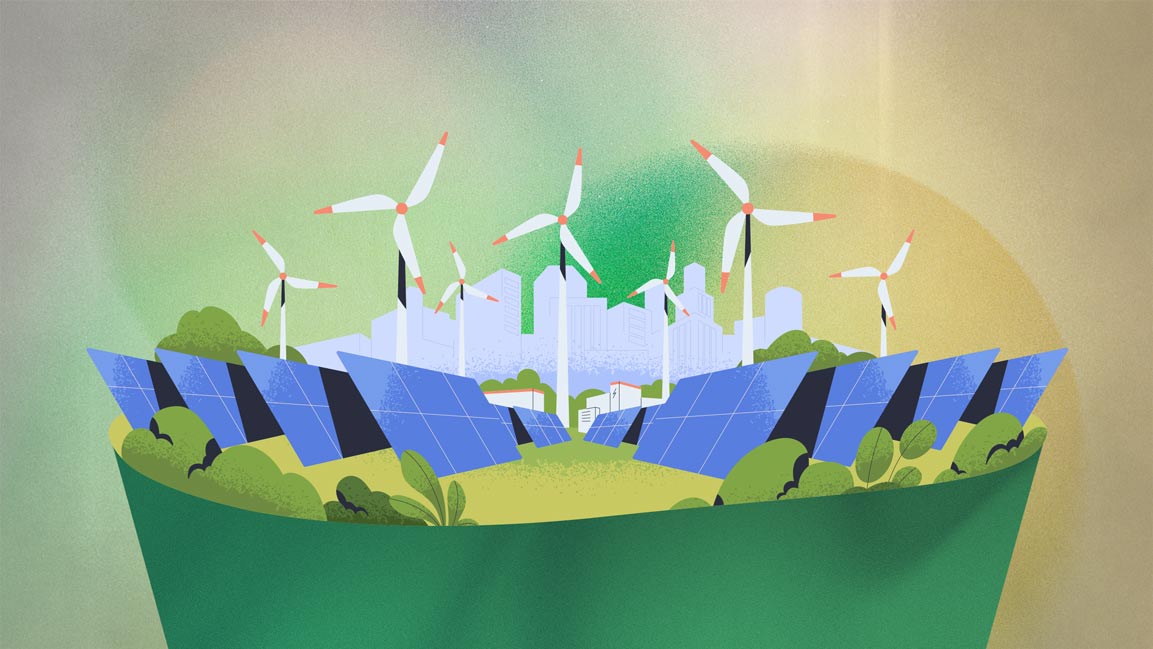- | 8:00 am
Why the climate tech industry needs another Silicon Valley Bank
“They really understood the sector,” says the founder of one climate tech startup.

When climate tech startup Precision AI needed an early-stage loan, a connection suggested that the team contact Silicon Valley Bank. Until it collapsed last week, the bank was the first choice for many climate tech startups: more than 1,500 were clients.
The bank “understood the vision, and was patient,” says Dan McCann, CEO of Precision AI, which designs drones that can help reduce herbicide use on farms. “Climate technology typically requires a lot of time and a lot of capital before you actually can make a dent in the problem. So sometimes, for traditional types of lenders who want to see a very stable, predictable return on an investment immediately, it falls outside of their purview. Whereas Silicon Valley Bank seemed to understand that, hey, this could take five to 10 years before you make a real dent in the ecosystem.”
SVB’s model was unique, partly because of this early-stage support for “deep tech” companies, says Laurie Menoud, a partner at the sustainability-focused VC firm At One Ventures, one of Precision AI’s investors. “Lending money to software companies is one thing, where the risk is quite clear, and the exit timeline is quite short,” she says. “But when you need to lend money to high-CapEx companies with longer gestation periods, or companies working in highly regulated markets, or sometimes in seasonal markets—like agtech, for example—it’s actually quite hard.”
The willingness to take risks on climate startups wasn’t connected to the bank’s failure, which happened because of mismanagement in the face of rising interest rates, a lack of diversification, and, arguably, weakened regulations that SVB supported.
The bank had experts on staff who had deep expertise in essential technologies like solar power and battery tech, including some who lived through the Cleantech 1.0 era and had learned from the failures of earlier startups. “They really understood the sector,” says McCann.
They were heavily involved in specific parts of the climate tech ecosystem; the bank worked with around 60% of community solar projects in the U.S., for example. “They really helped mature that industry,” says Kiran Bhatraju, CEO of Arcadia, a company that manages community solar projects and designs software to manage the electric grid. With SVB gone, other lenders are likely to step in, but it will take time to rebuild the system that existed, he says. “All of those relationships, the due diligence to do the underwriting, all of that will mean that the pipeline gets pushed out. It’s still getting built. It’s just a lot of dislocation.” The bank was also progressive, supporting Arcadia’s early push to allow customers to subscribe to community solar without a credit check or FICO score.
Other sources of financing exist for climate tech, of course. But the industry could use another bank like SVB, says McCann. It would have been “difficult to impossible” for Precision AI to get the loan that it did—$1.5 million while still a seed-stage company. “At that stage, you’re not pulling in any revenue, and there’s no guarantees that you’re gonna be able to service the debt,” he says. The startup didn’t have cash assets with Silicon Valley Bank, so it didn’t have to worry about scrambling to pay bills. But it will have to find a replacement for the loan.
“We are going to have to go and try and find another credit facility, which is probably not going to have terms as favorable,” he says. “And when we’re trying to do a social good for the planet, it would be nice to have more supportive lenders.”







































